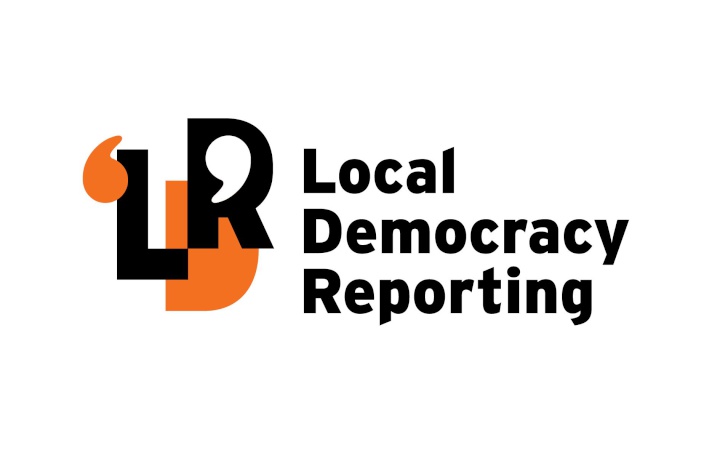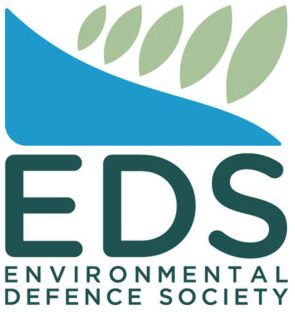The West Coast Regional Council is embarking on its first survey to measure the health of the region’s estuaries.
Until now the council has focused on water quality upstream in rivers and lakes.
But over the next few months, after a nudge from iwi - it will test samples of sediment in seven estuaries, from northern Buller to South Westland.
A staff report to the Resource Management Committee this week said water sampling provided useful information.
But the physical and chemical qualities of sediment in the estuaries could reveal longer ‘legacy’ conditions, including a build-up of contaminants.
The project would provide environmental data needed for the council’s new – and overdue – Coastal Plan, the report said.
“Poutini Ngāi Tahu has raised concerns about potential impacts of sedimentation and contaminants in estuaries that are important sources of kaimoana for them.”
Manawhenua had a stewardship role in maintaining the health of estuaries that had spiritual and cultural importance for them, the report said.
The RMA recognised that role, as did the council’s Mana Whakahono partnership agreement with Poutini Ngāi Tahu.
And there was interest in developing a monitoring programme to track changes over time in estuarine health.
“We’re not sure what we’re going to find,” Environmental Quality manager Jonny Horrox told the meeting.
“Given the nature of land use it should be pretty good - but we don’t know till we’ve looked.”
Some results might warrant further investigation or at least looking at that option, he said.
The estuaries to be sampled are Karamea, Otomahana, the Cobden/Aromahana Lagoon, Blaketown, Orowaiti/ Saltwater, and Hapuka.
Cr Andy Campbell asked how the science team had picked which ones to sample.
Mr Horrox said staff had consulted mana whenua and looked at land use above the estuaries.
They are trying to get a mix of unimpacted ones for a reference, but also ones closer to major towns, which are likely to show urban, industrial or agricultural impacts. he said.
The West Coast did not have many of the traditional large sprawling estuaries, like Manukau or Waimea in Nelson, Mr Horrox said.
“A lot them are quite small and around river mouths so there’s more going in.”
Cr Campbell said he would like to see sampling done in estuaries between the Whataroa River and Franz Josef.
“There was a massive amount of 1080 poison used in that area …it was smothered… and it would be interesting to see the effects of that."
Cr Peter Ewen said given the demand on council finances, monitoring estuaries was a ‘nice-to-do’ and not a high priority.
“The focus should be on the upstream thing… we haven’t got any big systems; they’re pretty regularly flushed unlike some provinces.
“I don’t think it’s one we should be too concerned about. On scale of one to ten, it’s a four in my view.”
Under the RMA councils are required to manage coastal and freshwater ecosystems sustainably; gather information, monitor and keep records on environmental conditions.
Other regional councils, such as Bay of Plenty and Waikato have estuarine monitoring programmes, the report noted.
Cr Allan Birchfield challenged the potential costs.
“Wo’s going to pay for all this, the ratepayers or the Government?” he asked.
Mr Horrox said the money was coming out of his operational budget – there was no government grant for it.
Cr Birchfield said considering 85% of the land area on the West Coast belonged to the Government, it should be paying 85% of the cost of the work.
“These studies shouldn’t be put solely on the ratepayer.”
The report said if the survey did find contamination in the estuaries the council could use its Government-funded Catchment Coordination grant to work with land users.
Resource Management chair Brett Cummings said he thought the estuary survey was a good idea.
“We do need a baseline, so if something happens in the future, and there is a problem or contamination, at least we know what the baseline is. “
There had been 150 years of industrial use in some areas like the Blaketown lagoon, and Westport, he said.
“It would be good to put a line in the sand and clean up our act from now on,” he said.
Monitoring the estuaries need not cost a lot, Buller Councillor Chris Coll said.
“We did a similar exercise some years ago on [Westport’s] Marrs Beach. One of ways to get around it is engage local people; a lot of volunteers were really keen to find out.”
Local people used estuaries for swimming and floundering, and their state of health was well worth knowing, he said.
“I think you could do it relatively cheaply and have oversight by council staff. It doesn’t have to be every month; it can be once or twice a year at a selected time.”
WCRC chair Peter Haddock said he supported the project, given that it would form part of the Council’s Coastal Plan review, and Mr Horrox had a budget for it.
The committee agreed to consider funding for ongoing monitoring of the estuaries if the pilot study showed a need for long-term data collection.



 Gordon Campbell: On The Trump Upside, And Peters Persecution Of Trans People
Gordon Campbell: On The Trump Upside, And Peters Persecution Of Trans People Save the City-to-Sea Bridge: Join on Sunday afternoon to save Wellington’s City-to-Sea Bridge
Save the City-to-Sea Bridge: Join on Sunday afternoon to save Wellington’s City-to-Sea Bridge New Zealand Defence Force: Second World War Veterans Receive Message From King Charles
New Zealand Defence Force: Second World War Veterans Receive Message From King Charles New Zealand Government: More Than 900 Health Graduates To Receive Financial Boost Through Bonding Scheme
New Zealand Government: More Than 900 Health Graduates To Receive Financial Boost Through Bonding Scheme New Zealand Police: Stacks Of Cocaine Unpacked In Mt Wellington
New Zealand Police: Stacks Of Cocaine Unpacked In Mt Wellington Te Pāti Māori: Te Pāti Māori Make Submission To Privileges Committee In Absentia
Te Pāti Māori: Te Pāti Māori Make Submission To Privileges Committee In Absentia PSA: PSA Forces Changes To Restructure Of Data & Digital And Pacific Health
PSA: PSA Forces Changes To Restructure Of Data & Digital And Pacific Health


